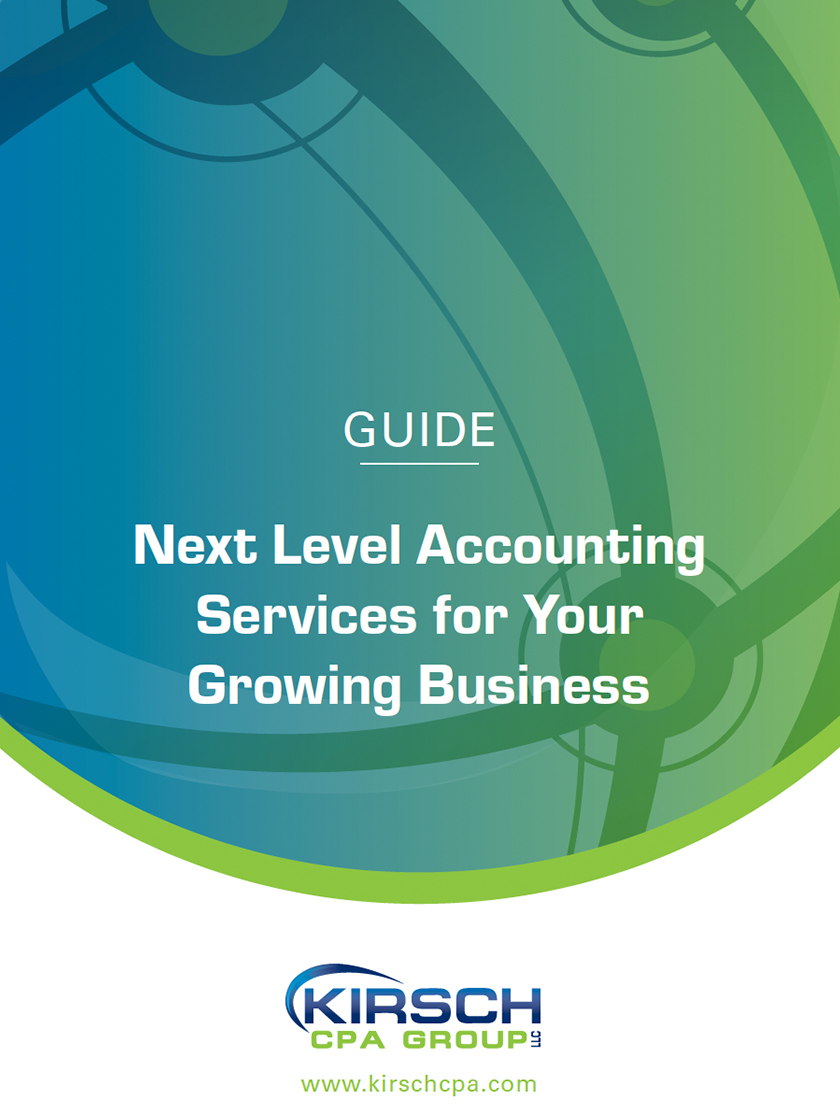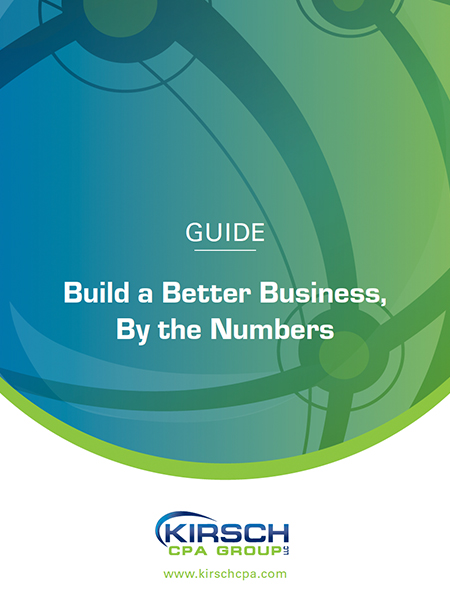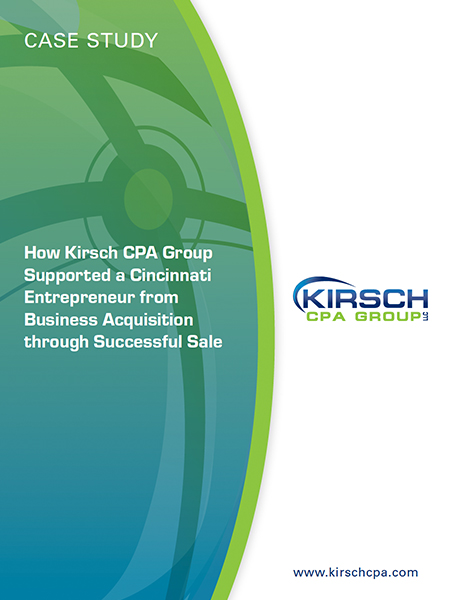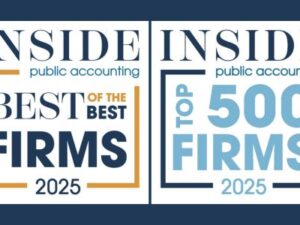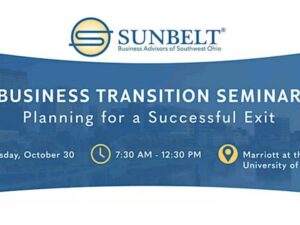How to Upgrade Your Board’s Financial Skills
Kirsch CPA Group
Feb 03, 2025

Accurate, relevant and timely financial information is key to making good decisions for not-for-profit executives and board members. But do all of your board members really understand the numbers they receive and what they mean to your organization? Here’s how to find out and what you can do to get board members up to speed.
Consider Your Audience
Your board members probably come from different walks of life and different positions in the community. Some of them may have financial backgrounds, but many of them might not. And it’s this latter group you need to keep in mind as you supply financial data.
For example, don’t assume that everyone on your board understands financial language. Provide members with some working definitions. For example:
Board-designated net assets. Net assets set aside for a particular purpose or period by the board, such as safety reserves or a capital replacement fund, that have no external restriction by donors or by law.
Net assets released from restrictions. The transfer of funds from donor-restricted to unrestricted status based on satisfying donor-imposed stipulations with respect to the timing or purpose of the contribution.
Also consider providing your board with financial training. Bring in outside speakers, such as accountants, investment advisors and bankers. Additionally, financially savvy board members — they may make up a separate finance committee — can be asked to share their expertise with the rest of the board.
Serve the Message with a Pie Chart
One of the most common financial documents to circulate is the statement of financial position (the balance sheet). It shows an organization’s assets (cash, accounts receivable, and property and equipment), liabilities (accounts payable and long-term debt) and net assets. Long lists of numbers can have a dizzying effect on readers.
But adding a pie chart can provide an easy-to-understand snapshot of your nonprofit’s assets. At a glance, anyone can see that cash and cash equivalents are the largest part of this organization’s total assets and a much smaller percentage is composed of investments and accounts receivable.
Or, you could create a two-slice pie chart that shows what portion of total assets can quickly be converted to cash (cash equivalents, investments and accounts receivable) vs. the portion that can’t (property and equipment).
Use Bar Charts to Show Change
The statement of activities (the income statement) is another commonly circulated financial document. It generally starts with total support and revenue, including reclassifications from restricted to unrestricted. Then expenses, including program, management and general and fundraising, are deducted to arrive at the overall change in net assets.
A bar chart is a good way to present this information: It can visually compare current revenues and expenses with those of previous periods. By updating the bar graphs on, say, a monthly basis, you can help financial novices easily compare revenues and expenses to the budget on a continuing basis.
Your annual budget assumes a particular level of support and revenue. If you don’t obtain certain grants, or if you sell less in program services than anticipated, your board will need to revisit anticipated expenses and make adjustments accordingly. An informational graphic is one way to quickly relay a heads-up.
Track Expectations by Comparing Ratios
Has your nonprofit experienced cuts in funding and donations? As a result, you could have reduced costs. If you supply board members with ratios for both the current year and prior year, they can see at a glance if these costs have been cut sufficiently.
Useful ratios include:
- Management and general costs to total support and revenue,
- Program services to total support and revenue,
- Fundraising expenses to total support and revenue, and
- Fundraising expenses to donations (including deferred gifts).
These ratios allow your board to see if costs and revenues are in line with its expectations, as expressed, for example, in your budget.
Let’s say that your management and general costs are $200,000 for the coming year and the total support and revenue for your organization is $2 million. You’d have an impressive ratio of 1:10 — 10% of every dollar earned is spent on administrative costs, with the remaining 90% available to fund programs and supporting activities.
Another useful tool is the “current ratio.” A comparison of current assets to current liabilities is commonly used as a measure of short-term liquidity. For example, a ratio of 1:1 means an organization would have just enough cash to cover current liabilities if it ceased operations and converted current assets to cash.
Give Them a Chance
Donors, grant makers, watchdog groups and other stakeholders increasingly want charities to exhibit fiscal responsibility and transparency. This starts with good governance by your board. It’s up to you to supply them with information they fully understand so they can make informed decisions.
Schedule an appointment to learn how we can support you
© Copyright 2025. All rights reserved.
More Resources
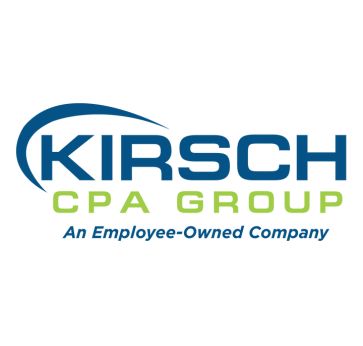
About The Author
Kirsch CPA Group is a full service CPA and business advisory firm helping businesses and organizations with accounting,…
Sign Up for Email Updates
Tags
Accounting & Financial News
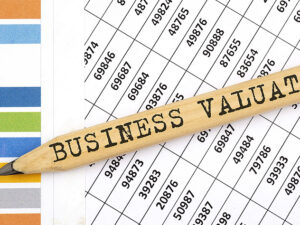
Factoring Tax Law Changes into a Business Valuation
Several provisions of the One, Big, Beautiful Bill Act (OBBBA) — enacted on July 4, 2025 —…
